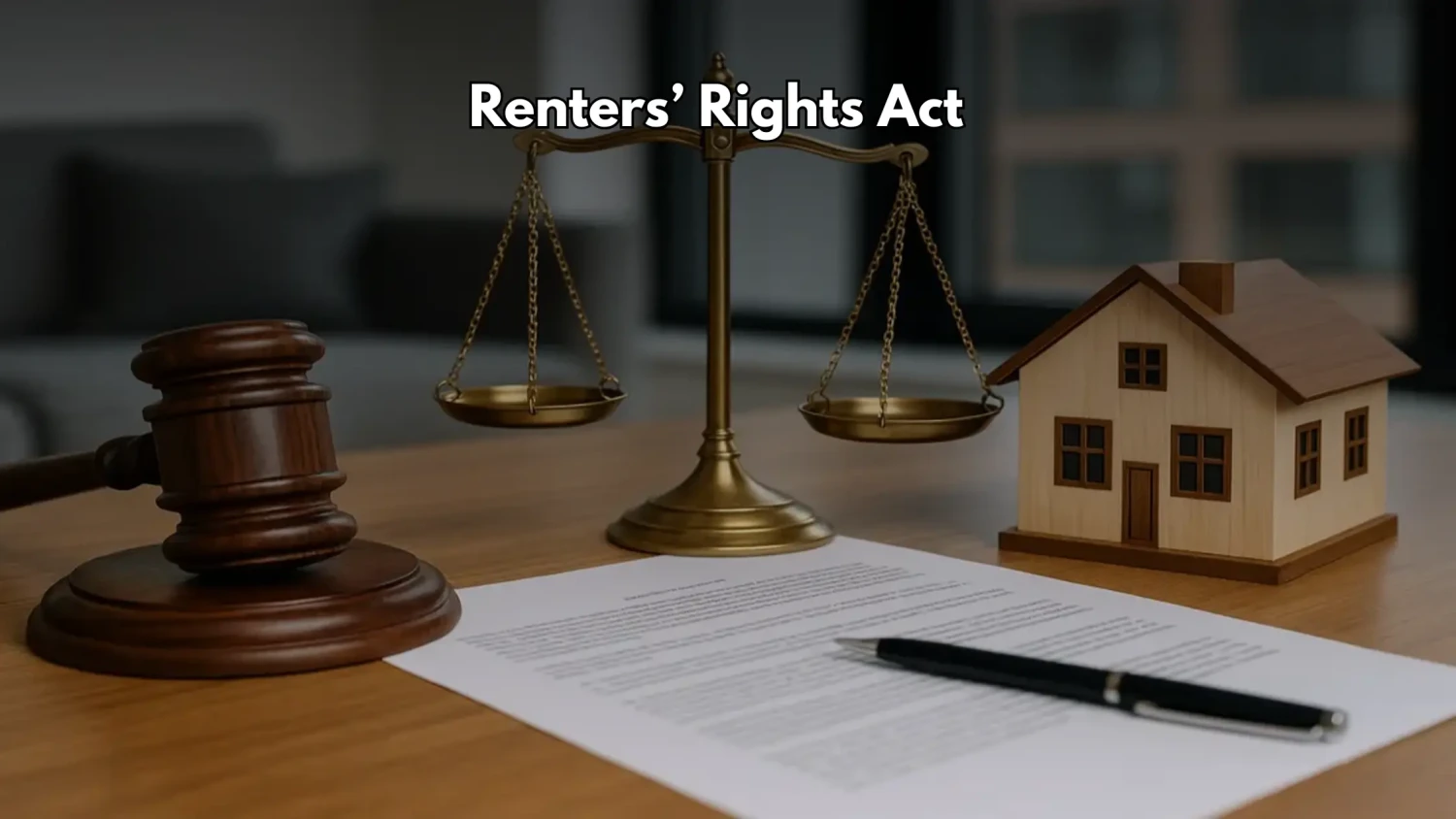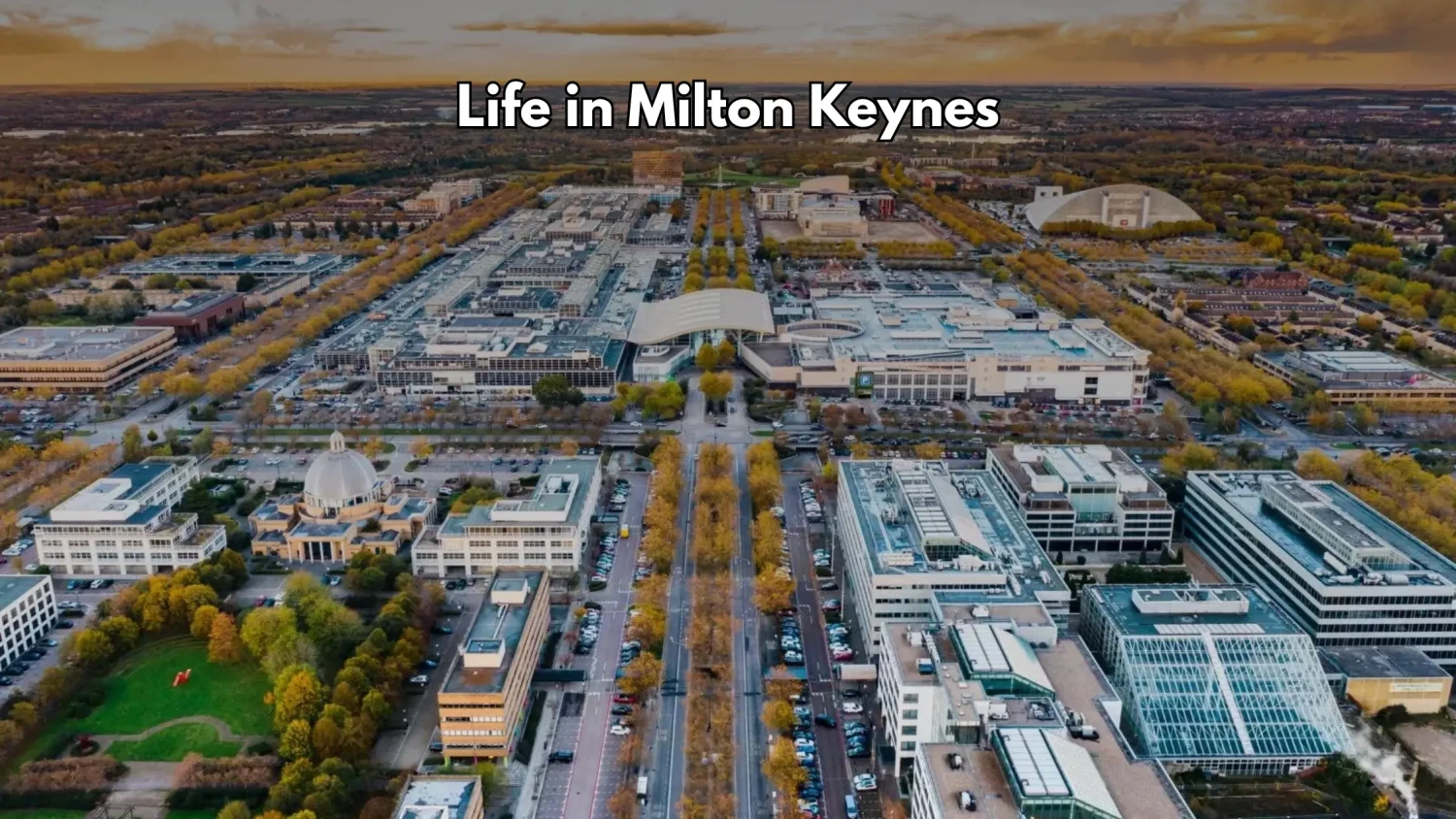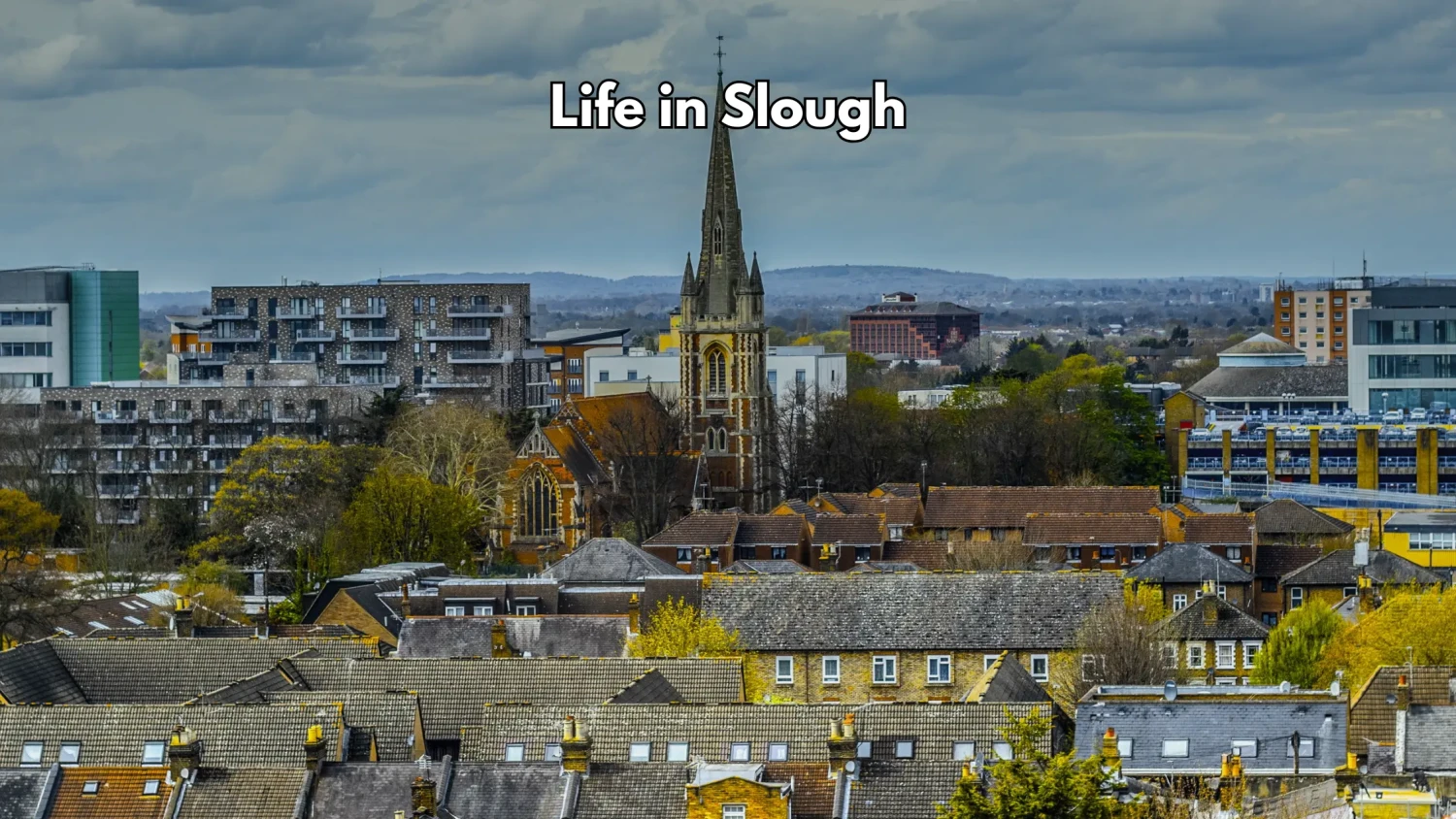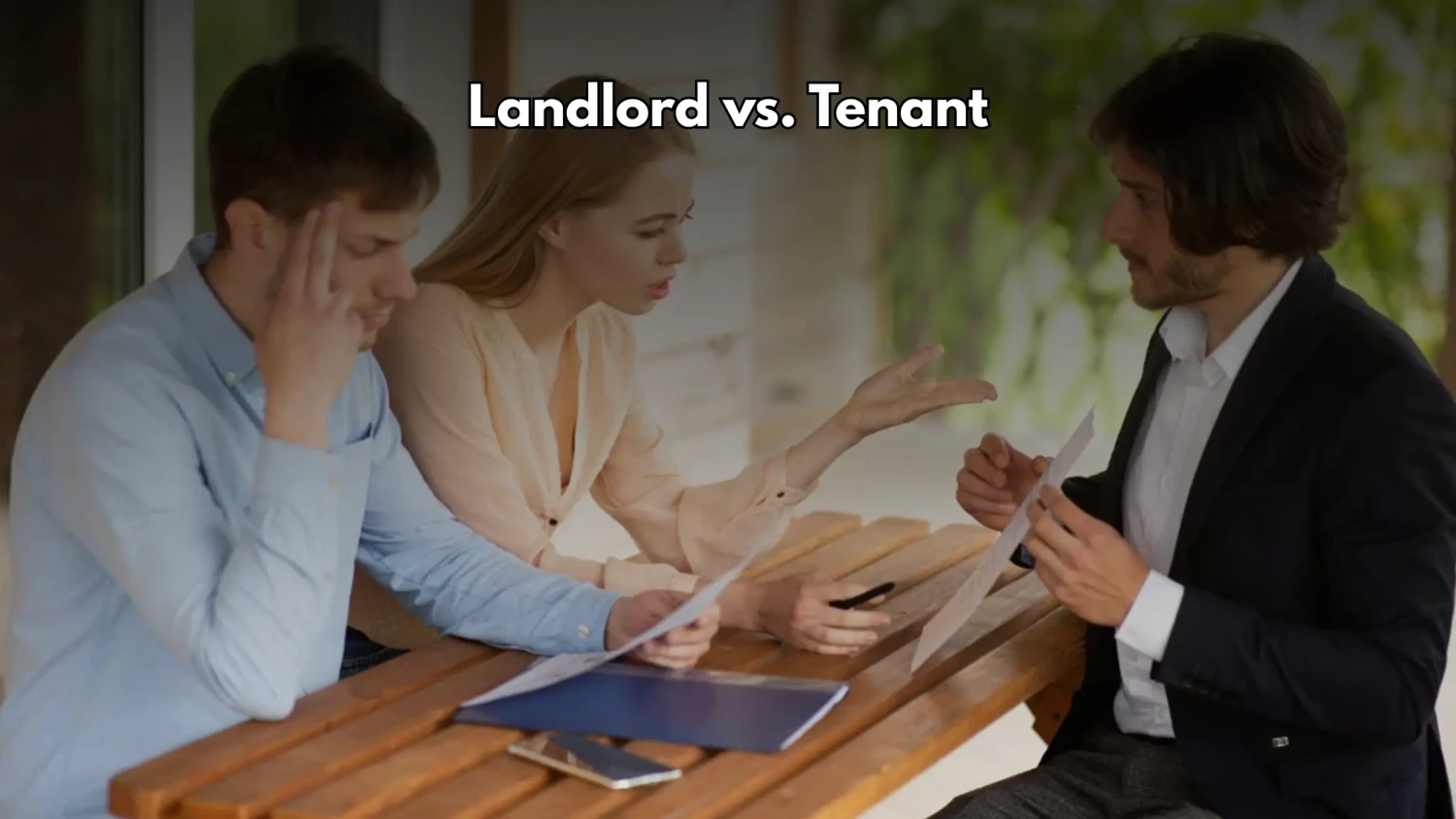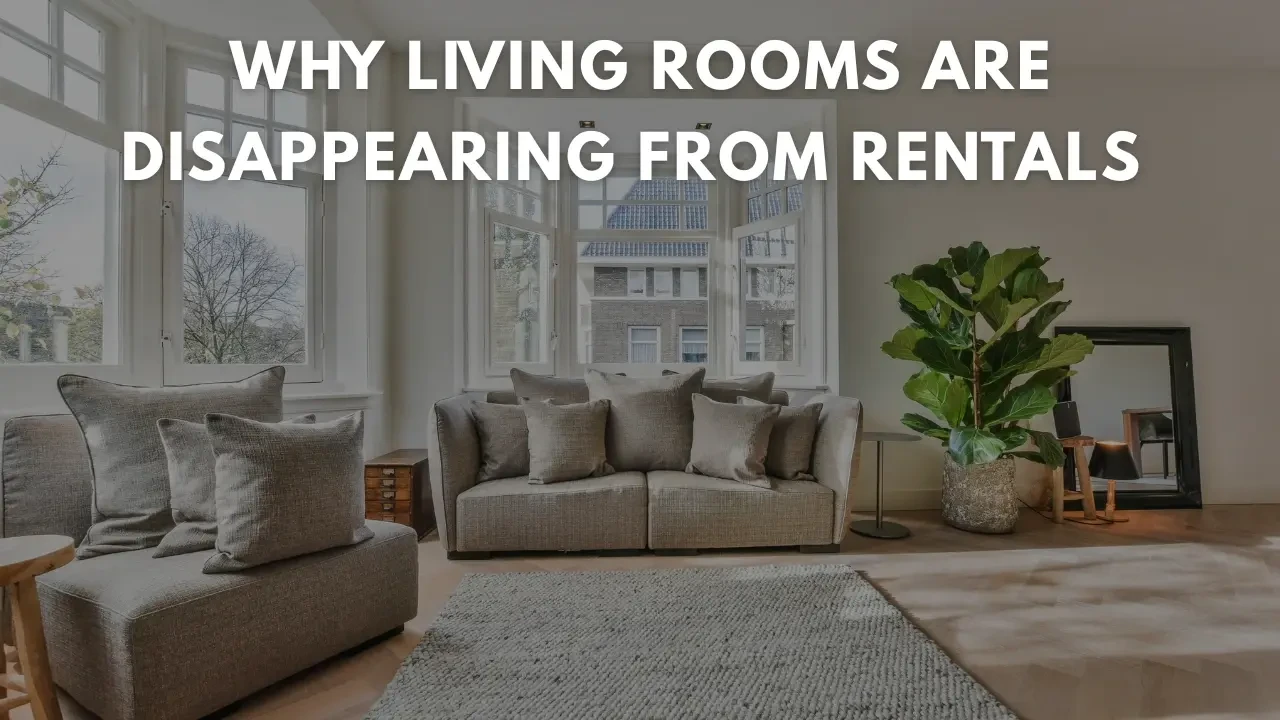
The living room has always been the center of activity in a house as it serves as a common ground to relax and catch up on the day’s events. With a family or flatmates, it is the common room to binge-watch films or have a meal together. In the current renting sector, this shared living space, which serves as the common anchor, is slowly disappearing. The effects of this change do not only include the absence of a sofa or a television.
Why Living Rooms Are Disappearing
In collaboration with SpareRoom and other housing studies, there has been a discovery of a growing trend among UK landlords: removing living rooms in houses meant for sharing.
- Back in 2017, there were already concerns about how landlords would no doubt try to transform shared spaces into areas that could generate more revenue. Instead of being social dwellings, lounges set to be communal spaces could be turned into bedrooms, thereby increasing the monthly yields.
- In 2019, it was reported that 90% of shared homes in London had no living rooms. There were even cases of shared living rooms being turned into two mini bedrooms.
- In 2025, various studies established that nearly half of the people in flat shares in the UK did not have a living room, which is the case for over 1.5 million flat sharers.
The reason is quite straightforward: profit. More tenants equals more rent. With the average flat-share rent in the UK being £744 per room and going close to £1000 in London, many flat sharers have no choice but to make the sacrifice. It won't even help them save any money. A study showed that 43% of renters without a living room stated they did not get any rebate on the rent even though they did not have access to a living room unlike others who paid for homes with shared spaces.
The Hidden Costs of Losing Communal Space
The absence of a living room isn’t just a minor inconvenience; it changes a renter’s entire living experience.
Impact on mental health
Housing experts such as Julia Park have pointed out that using one tiny room for sleeping, eating, and even working is damaging to one’s well-being. When there is no proper area to relax, socialize, and rest, people tend to experience the feeling of being stuck in one place.
Impact on loneliness and social disconnect
The living room provides a shared space for people to engage in casual activities together such as having tea, watching a movie, or playing games with one another. When these areas are absent, people tend to go back to their rooms. Surveys indicate that almost 50% of people living in flats without a living room space do not interact at all with their flatmates.
- Economic pressure Having no shared spaces ironically adds to a flatmate’s bills. Not having a friendly and inviting space to socialise in often leads to overspending on eating out. To the casual observer, the flatshare looks inexpensive, but in reality, it is a “false economy.”
- Compromises to way of life
Dinner in front of a laptop, on bed, or in a tight kitchen is not just plain discomfort — it diminishes ‘home’ from the equation. It’s difficult to work from home (now the norm for over 28% of UK adults) without a dedicated area, and inviting friends becomes a social chore.
The Bigger Picture: Housing Affordability
The vanishing of living rooms relates to the broader work of land economics. The conversion of communal spaces into bedrooms increases the total rent a landlord can charge, which has a ripple effect that increases the prices of real estate. And this further delays the aim of young adults Generation Rent of passing the stage of flat sharing and becoming homeowners.
Regulation is outdated. Some lenders, such as The Mortgage Works, have rules requiring “adequate social space” in HMOs, but enforcement is patchy. Campaigners claim that national housing policy should step in and protect communal living spaces, which should be regarded as a standard instead of a luxury.
What Can Renters Do Without a Living Room?
Creating distinct zones within bedrooms can be aided by flexible furniture, room dividers, or other layout tricks, and while these methods do help quantify space, they cannot recreate the social vibes of a living area.
Many people, including 22-year-old Charlie from Dalston, seem to accommodate the situation by socialising more outside and spending less time at home. However, as renters age, their preferences change and it is uncommon for people in their 30s to want to maintain a lifestyle resembling their student days.
Why This Matters
The core issue here is the living room’s decline, which signifies the rental market’s preference for profit over community. The absence of these areas impacts social and recreational comfort. More so, the absence of such communal space detracts from social bonding, mental wellness, and the concept of a ‘home.
If renting is accepted no longer as a temporary solution but a long-term option, then the need for such shared spaces becomes even more important. In their absence, commonly renting property sanitises as shared accommodation with a multitude of ‘unknowns’ to one’s neighbours.

